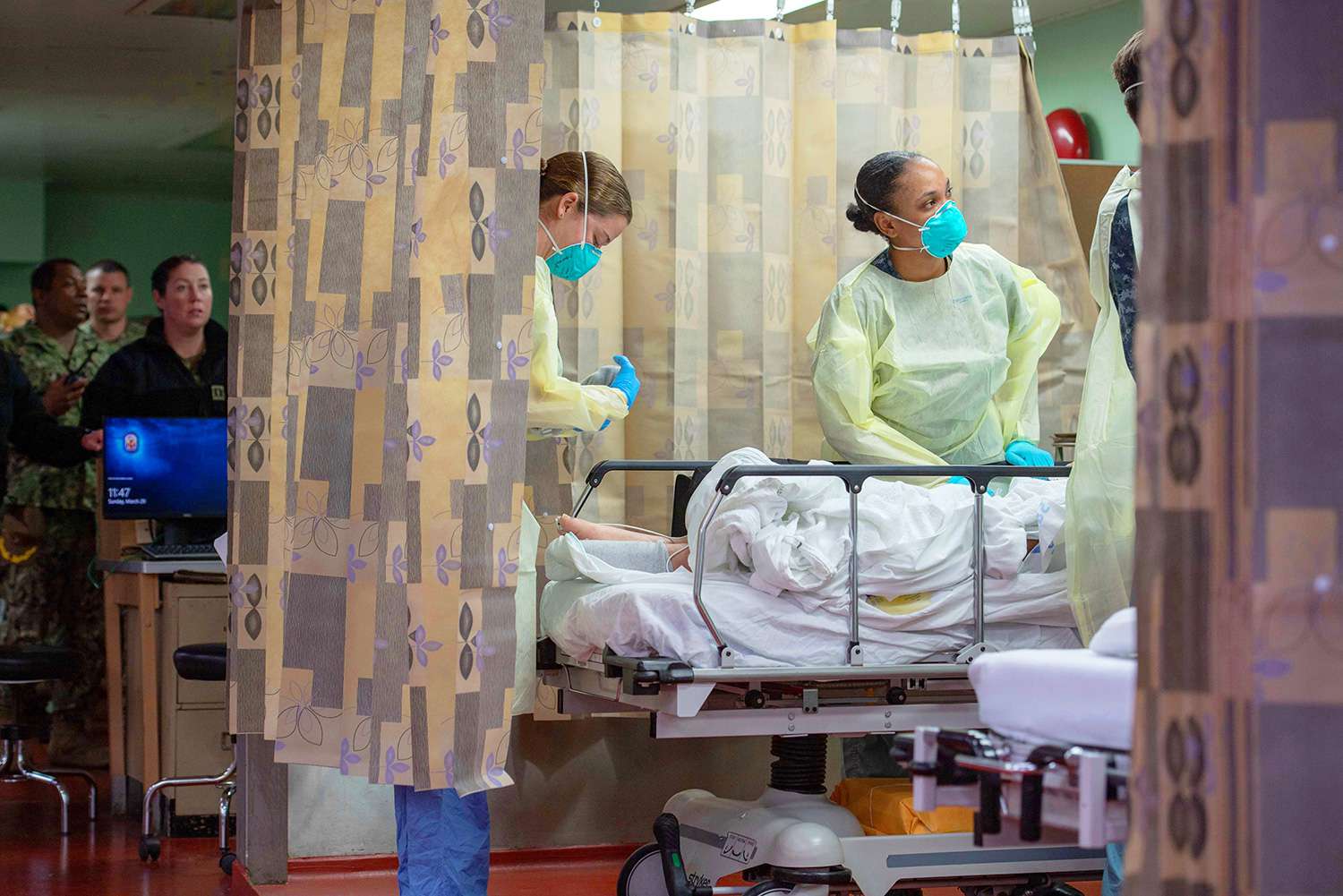Coronavirus Is Killing Filipino Americans at Much Higher Rate: Report

Fatalities linked to the novel coronavirus (COVID-19) have higher rates in the Filipino American community.
Based on a limited subset of cases in the Southern California area, the Los Angeles Times found that Filipino Americans have a 40 percent mortality rate due to COVID-19. According to Johns Hopkins, the overall U.S. mortality rate is 3.6 percent.
Experts believe the higher risk factors among Filipino Americans could be tied to prevalent preexisting health conditions, poverty, undocumented status and lack of health insurance, among other factors.
"It’s the perfect storm," Adrian De Leon, an assistant professor in USC’s department of American studies and ethnicity, told the Times. "In terms of exposure to the pandemic, exposure to the virus, but also exposure to a lot of other factors too — like dense housing tends to be in places that have environmental hazards."
"People in certain ethnic groups are predisposed to working really hard … but it’s more so because people need to continue to work in order to survive," added De Leon. "In a country that has such weak social security, such as the United States, you have people ultimately sacrificing much-needed health care for themselves for the opportunity to work and continue to make money for the family."
Never miss a story — sign up for PEOPLE's free daily newsletter to stay up-to-date on the best of what PEOPLE has to offer, from juicy celebrity news to compelling human interest stories
The Times cited one recent study that looked into why Asian American people appeared to make up a large portion of COVID-19 fatalities. Published by Health Affairs, the study's authors noted that there may not be sufficient data to support their finding that the Asian American fatality rate was four times the normal, but urged for more research and for breaking down the data by Asian American national origin.
“At best, it should be disaggregated by Asian American national origin group and primary language,” Tung Nguyen, one of the researchers, told the Times of how to improve available data. “And then they should also invest efforts in collecting data so that there is a minimum amount of unknowns, because it is really hard to clarify disparities when there’s a big group of people who we don’t know anything about at all.”
Across the U.S., there have been over 4,050,100 confirmed cases of the novel coronavirus and at least 144,200 deaths, as of July 24, according to data compiled by The New York Times.
More than 150 prominent scientists, medical experts, teachers and nurses signed an open letter urging the Trump administration and other legislators to shut down the country this week.
“Of all the nations in the world, we’ve had the most deaths from COVID-19. At the same time, we’re in the midst of ‘reopening our economy,’ exposing more and more people to coronavirus and watching numbers of cases — and deaths — skyrocket,” the experts wrote.
As information about the coronavirus pandemic rapidly changes, PEOPLE is committed to providing the most recent data in our coverage. Some of the information in this story may have changed after publication. For the latest on COVID-19, readers are encouraged to use online resources from CDC, WHO, and local public health departments. PEOPLE has partnered with GoFundMe to raise money for the COVID-19 Relief Fund, a GoFundMe.org fundraiser to support everything from frontline responders to families in need, as well as organizations helping communities. For more information or to donate, click here.
Source: Read Full Article
